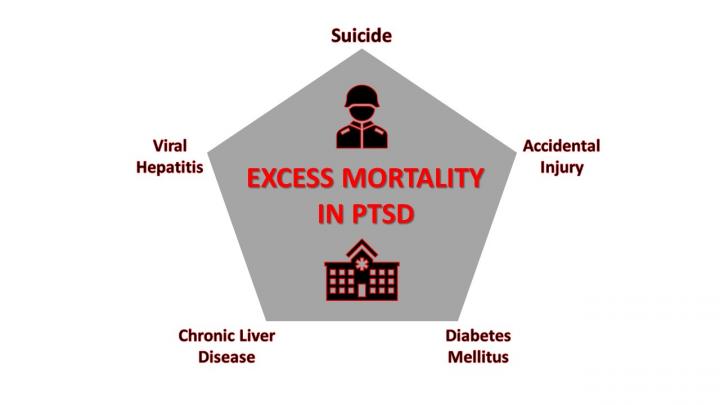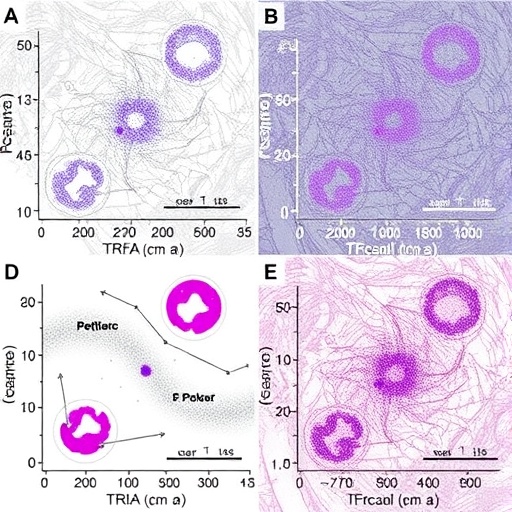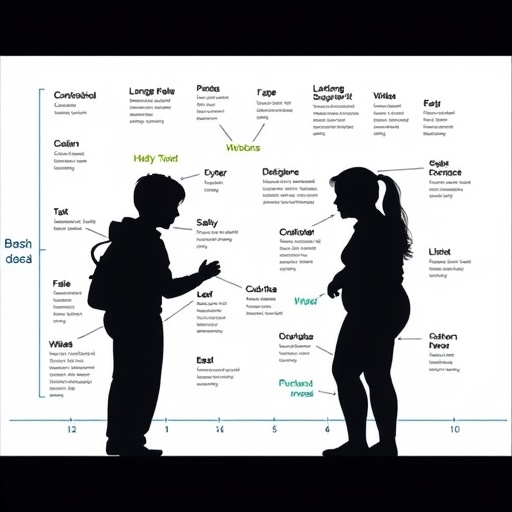A new study in the American Journal of Preventive Medicine identifies and stratifies the mortality risks by age group, providing valuable insights for guiding prevention and treatment efforts

Credit: Jenna Forehand, MD, MPH
Ann Arbor, June 24, 2019 – According to a new study in the American Journal of Preventive Medicine, published by Elsevier, United States Veterans seeking treatment for posttraumatic stress disorder (PTSD) are at increased risk of death compared with the general population. Veterans with PTSD are twice as likely to die from suicide, accidental injury, and viral hepatitis than the general population. Veterans with PTSD are also more likely to die from diabetes and chronic liver disease than the general population.
“Our findings suggest that treatment-seeking Veterans with PTSD, including young Veterans and women, are dying from largely preventable causes compared with the general population. PTSD is therefore a major public health concern and a priority for preventive health care,” explained lead investigator Jenna A. Forehand, MD, MPH, Veterans Affairs Medical Center, White River Junction, VT, US.
This is the first study to investigate specific causes of death by age group among all-era, treatment-seeking Veterans with PTSD and compare death rates to the US general population. Veterans with PTSD had a significant increase in all-cause mortality in the year following initiation of treatment; 1.1 percent of them died, which is a 5 percent higher incidence than in the general population. Veterans with PTSD had a twofold increase in death from suicide, accidental injury, and viral hepatitis compared with the US population. Death from diabetes and chronic liver disease was also significantly higher for Veterans with PTSD. During the first year of VA PTSD treatment, younger Veterans with PTSD were more likely to die from suicide and accidental injury, whereas middle-aged and older Veterans were more likely to die from heart disease and malignant neoplasms. Among individuals dying from accidental injury, more than half died of poisoning, which could include some misclassified suicides.
This retrospective cohort study identified the leading causes of death among 491,040 Veterans who initiated PTSD treatment at any Department of Veterans Affairs Medical Center from 2008 to 2013; 5,215 of them died within the first year of care. The mean age was 48.5 years, 90.7 percent were male, 63.5 percent were of white race, and 34.9 percent served in the wars in Iraq and Afghanistan.
Causes of death during the first year of treatment were grouped according to age (18-34, 35-64, and 65 or older). To statistically compare the observed mortality among Veterans in PTSD treatment with the general population, standardized mortality ratios were calculated from age- and sex-matched mortality tables of the 2014 US population.
Because of advances in medicine and technology, Veterans who served in recent conflicts are more likely to survive combat injuries than previous generations. As a result, the prevalence of PTSD, pain disorders, and opioid use has increased among survivors. As Veterans with PTSD and comorbid pain may be at increased risk of opioid use disorder, the investigators posit that opioids may play a role in accidental injury, suicide, and hepatitis-related deaths, especially in young Veterans with PTSD. Understanding the complex nature of PTSD and its associated mortality risks is important for developing targeted interventions in this age group.
“Future studies should develop preventive interventions that target PTSD and comorbid depression, pain disorder, and substance use to lessen the risk of suicide, accidental poisoning, and viral hepatitis in Veterans with PTSD. Similarly, lifestyle modifications may reduce the risk of diabetes and chronic liver disease in this patient population. Veterans seeking treatment for PTSD should receive comprehensive education on the benefits of diet and exercise and the risks of chronic stress and substance use,” commented Dr. Forehand.
###
Media Contact
Jillian B. Morgan
[email protected]
Related Journal Article
http://dx.




